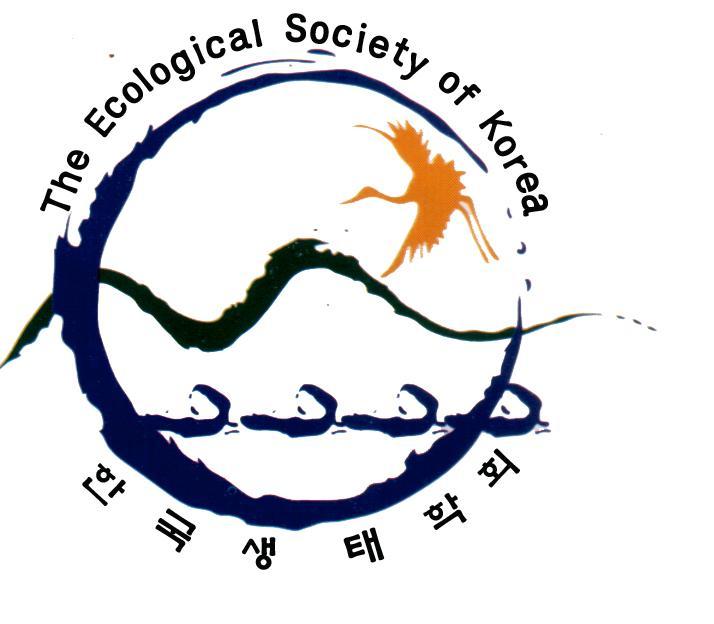- KOREAN
- P-ISSN2287-8327
- E-ISSN2288-1220
- SCOPUS, KCI
 ISSN : 2287-8327
ISSN : 2287-8327
Article Contents
- 2024 (Vol.48)
- 2023 (Vol.47)
- 2022 (Vol.46)
- 2021 (Vol.45)
- 2020 (Vol.44)
- 2019 (Vol.43)
- 2018 (Vol.42)
- 2017 (Vol.41)
- 2016 (Vol.39)
- 2015 (Vol.38)
- 2014 (Vol.37)
- 2013 (Vol.36)
- 2012 (Vol.35)
- 2011 (Vol.34)
- 2010 (Vol.33)
- 2009 (Vol.32)
- 2008 (Vol.31)
- 2007 (Vol.30)
- 2006 (Vol.29)
- 2005 (Vol.28)
- 2004 (Vol.27)
- 2003 (Vol.26)
- 2002 (Vol.25)
- 2001 (Vol.24)
Conservation of landscape and culture in southwestern islands of Japan
Abstract
The southwestern islands of Japan, especially southward from Amamioshima Island, have distinguished sets of nature and culture. However, various problems are arising on those islands. This report first introduces island characteristics as well as, their status briefly. Then it introduces conservation efforts. Since nature and culture are closely connected in the island system, conservation of the set of nature and culture is essentially important. From this point of view, this report focuses on two efforts. The first example is the effort for designation of a new national park with a new concept of “environmental culture type” and “ecosystem management type” in the Amami Gunto Islands. This effort is a new challenge to focus on the importance of cultural aspects. The second example is the unique effort of the national park visitor center to conserve as one set of integrated nature and culture with an alliance of all stakeholders in Taketomijima Island, Iriomote-Ishigaki National Park. The visitor center serves not only visitors, but also islanders. These two cases are good models that suggest hints for future conservation measures
- keywords
- conservation measures, island and islanders, national park, set of nature and culture
Reference
Fukasawa K, Miyashita T, Hashimoto T, Tatara M, Abe S. 2013. Differential population responses of native and alien rodents to an invasive predator, habitat alteration, and plant masting. Proc R Soc B 280: 20132075.
Geospatial Information Authority of Japan. 2013. Area of islands. http://www.gsi.go.jp/KOKUJYOHO/MENCHO/201310/shima.pdf. Accessed 15 April 2015. (in Japanese)
Geospatial Information Authority of Japan. 2015. Map of Geospatial Information Authority of Japan. http://maps.gsi.go.jp/?z=8&ll=29.98788,130.3125#7/26.647459/128.660889. Accessed 15 April 2015.
Hotta M. 2013. Flora of the Amami Islands. The Kagoshima University Museum, Kagoshima. (in Japanese)
Japan Biodiversity Outlook Science Committee. 2010. Japan biodiversity outlook. Ministry of the Environment of Japan, Tokyo.
Japan Meteorological Agency and Volcanological Society of Japan. 2013. National catalogue of the active volcanoes in Japan. 4th ed. http://www.data.jma.go.jp/svd/vois/data/tokyo/STOCK/souran_eng/menu.htm. Accessed 15 April 2015.
Kagoshima Prefecture. 1993. Master plan for Yakushima Island Environment Culture Village. Kagoshima Prefecture, Kagoshima.
Mezaki S. 1980. Parallel zonation of high and low islands in the Ryukyu island arc. Ryukyu-retto no Chishitsugakuteki Kenkyu 5: 91-101. (in Japanese)
Ministry of the Environment of Japan. 2007. Proposal regarding designation and management of national parks and quasi-national parks. Ministry of the Environment of Japan, Tokyo. (in Japanese)
Ministry of the Environment of Japan. 2010. National parks and important biodiversity areas of Japan. Ministry of the Environment of Japan, Tokyo.
Ministry of the Environment of Japan. 2012a. The 4th version of the Japanese Red Lists on 9 taxonomic groups. http://www.env.go.jp/en/headline/headline.php?serial=1841.Accessed 15 April 2015.
Ministry of the Environment of Japan. 2012b. The national biodiversity strategy of Japan 2012-2020. Ministry of the Environment of Japan, Tokyo.
Ministry of the Environment of Japan. 2012c. Number of visitors of visitor’s center in national park and quasi national park. http://www.env.go.jp/park/doc/data/national/np_10.pdf. Accessed 15 April 2015.
Ministry of the Environment of Japan. 2013a. The 4th version of the Japanese Red List of brackish-water and freshwa-ter fishes. http://www.env.go.jp/press/16264.html. Accessed 15 April 2015. (in Japanese)
Ministry of the Environment of Japan. 2013b. List of national endangered species (in Japanese). https://www.env.go.jp/nature/yasei/hozonho/list_domestic.pdf. Accessed 15 April 2015.
Ministry of the Environment of Japan, Japanese Coral Reef Society. 2004. Coral reefs of Japan. Ministry of the Environment of Japan, Tokyo.
Naha Nature Conservation Office. 2009. Proposal of basic concept on conservation and use of the natural resources of the Amami region. Ministry of the Environment of Japan, Tokyo. (in Japanese)
Nakasuga T, Oyama H, Haruki M. 1974. Studies on the mangrove community, 1: The distribution of the mangrove community in Japan. Jpn J Ecol 24: 237-246. (in Japanese)
National Astronomical Observatory of Japan. 2012. Rica-Nenpyou 2012 (Chronological Scientific Tables 2012). Maruzen, Tokyo. (in Japanese)
Okinawa Prefectural Government. 2013. Okinawa regional biodiversity strategy. Okinawa Prefectural Government, Naha. (in Japanese)
Statistics Bureau of Japan. 2010. 2010 population census. http://www.stat.go.jp/english/data/kokusei/index.htm. Accessed 15 April 2015.
Taketomi-town. 2011. Taketomi Municipalities History. Vol. 2, Taketomijima Island. Taketomi-town hall, Ishigaki. (in Japanese)
Taketomi-town. 2014. Number of visitors in Taketomi-town from 1991 to 2014. http://www.town.taketomi.lg.jp/town/index.php?content_id=53. Accessed 15 April 2015. (in Japanese)
Udvardy MDF. 1975. A Classification of the Biogeographical Provinces of the World. International Union for Conservation of Nature and Natural Resources, Morges.
Watari Y, Nishijima S, Fukasawa M, Yamada F, Abe S, Miyashita T. 2013. Evaluating the “recovery level” of endangered species without prior information before alien invasion. Ecol Evol 3: 4711-4721.
Yamada T. 2012. Natural History of Southern Islands. Showado, Kyoto. (in Japanese)

